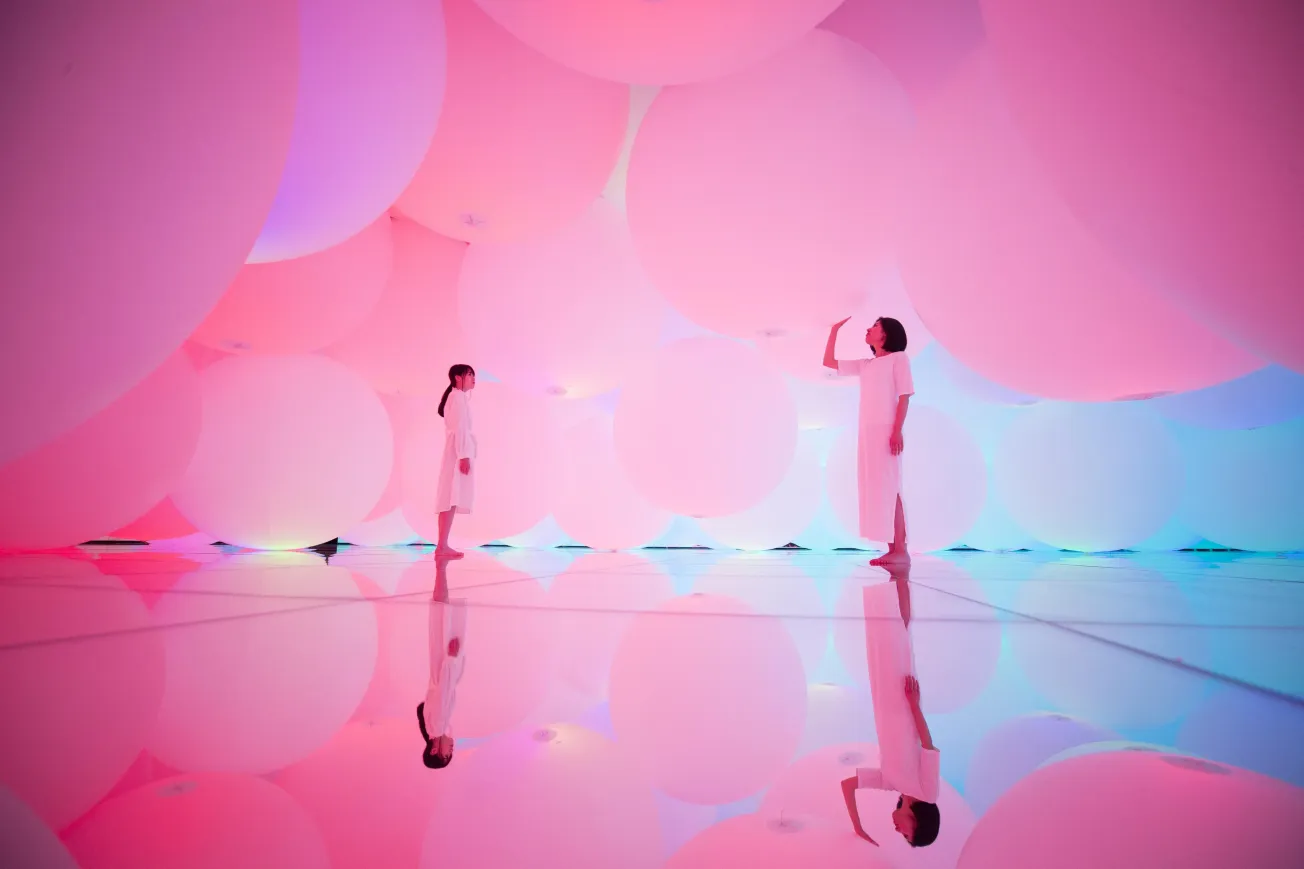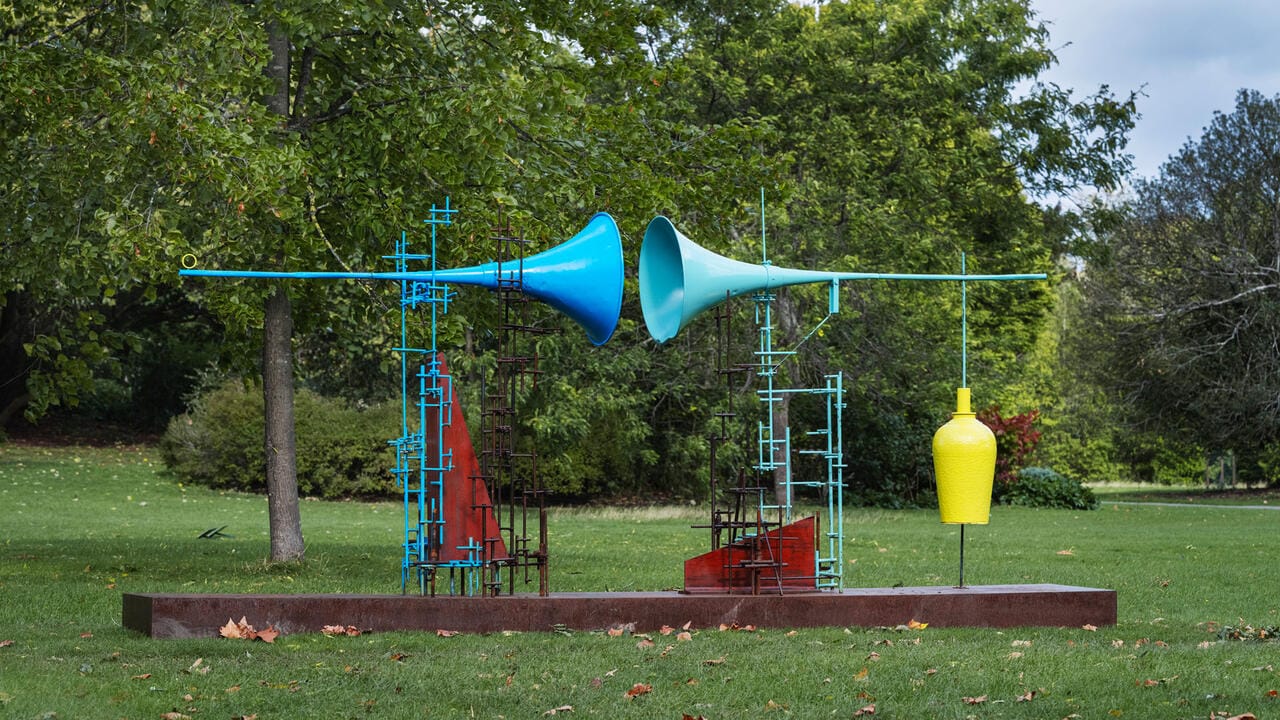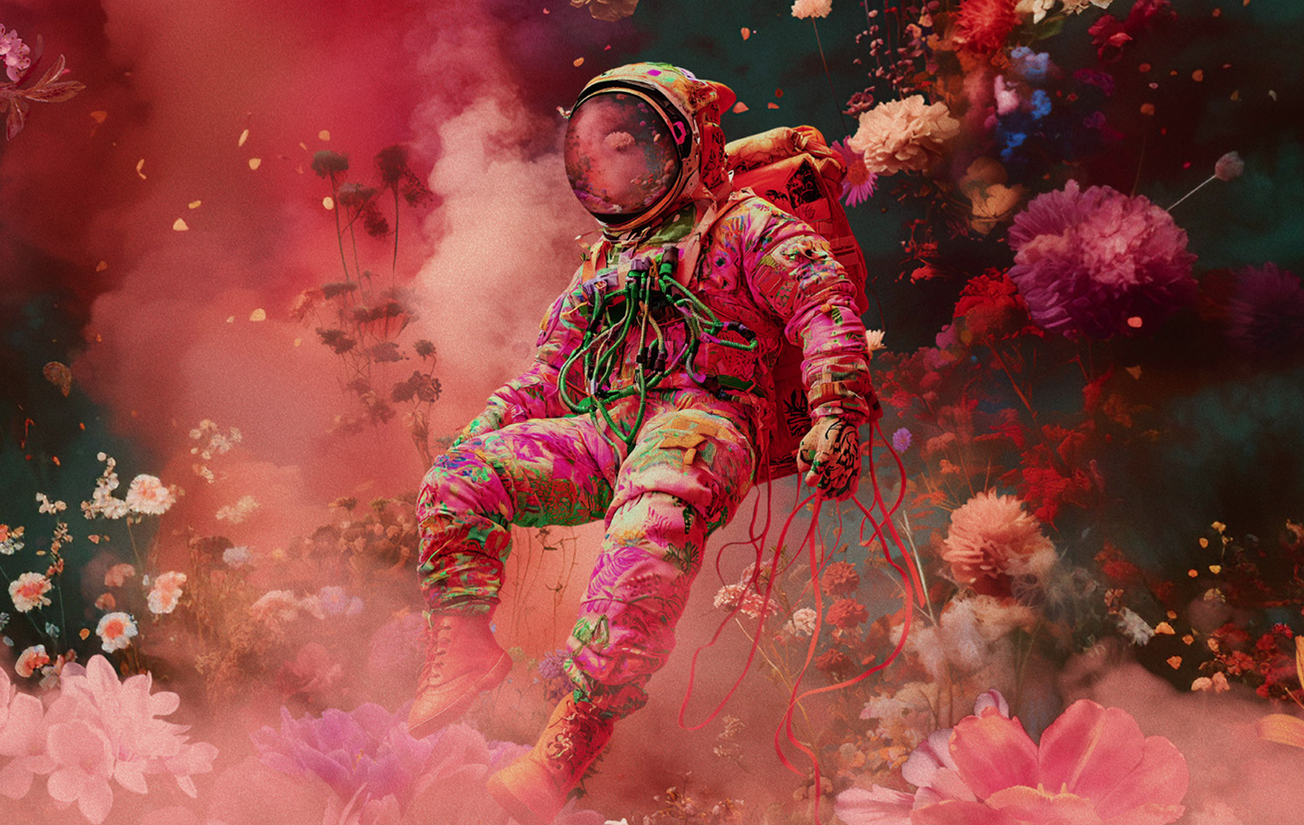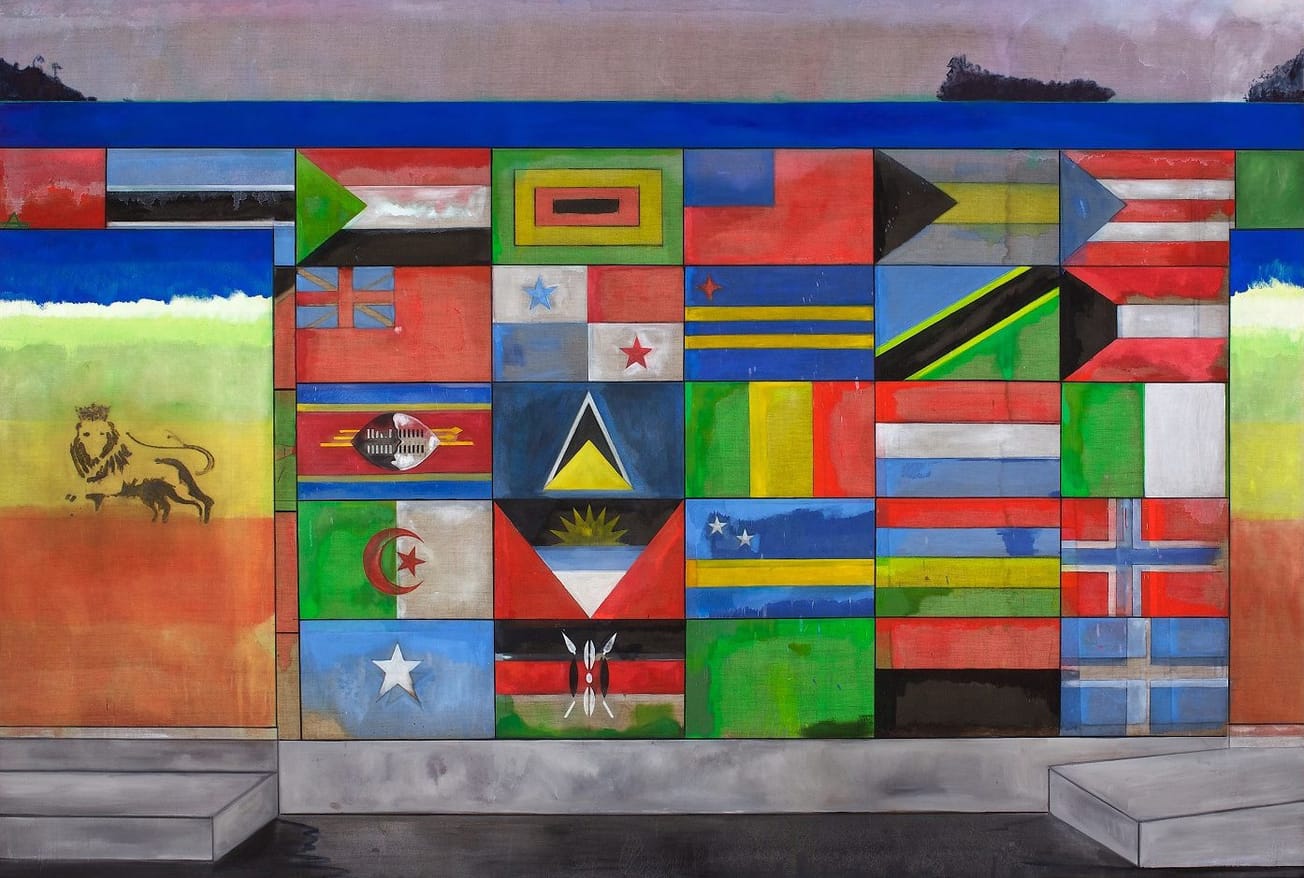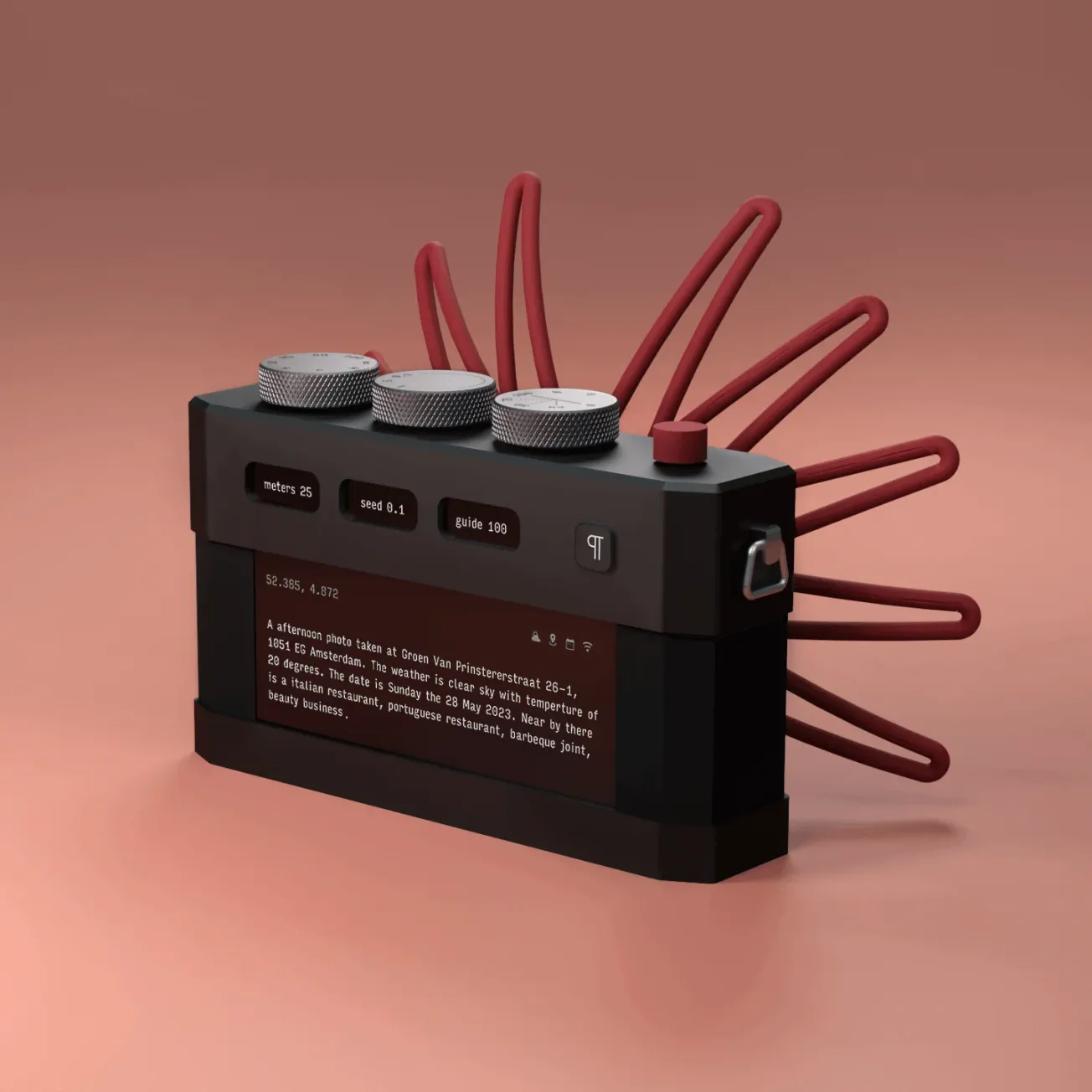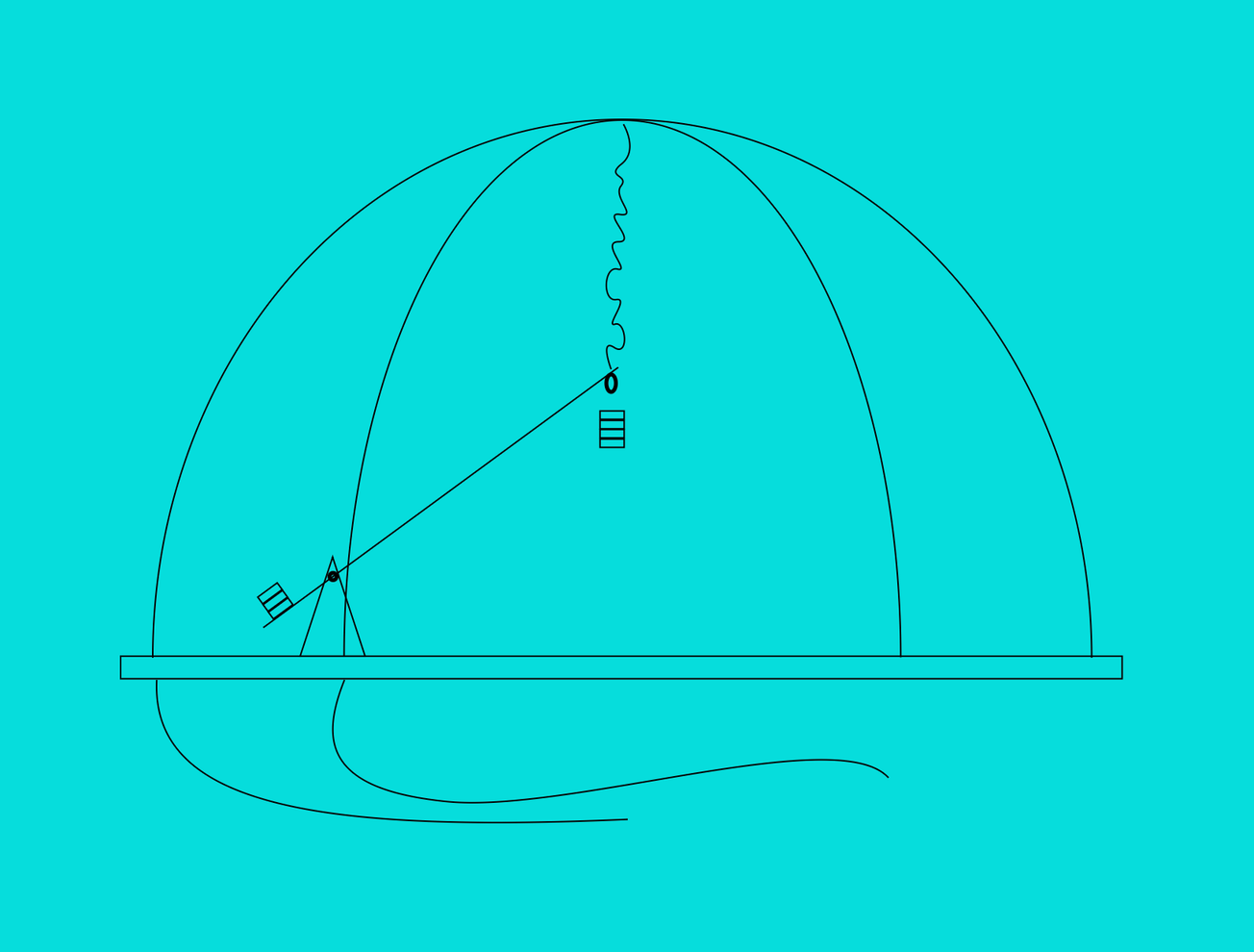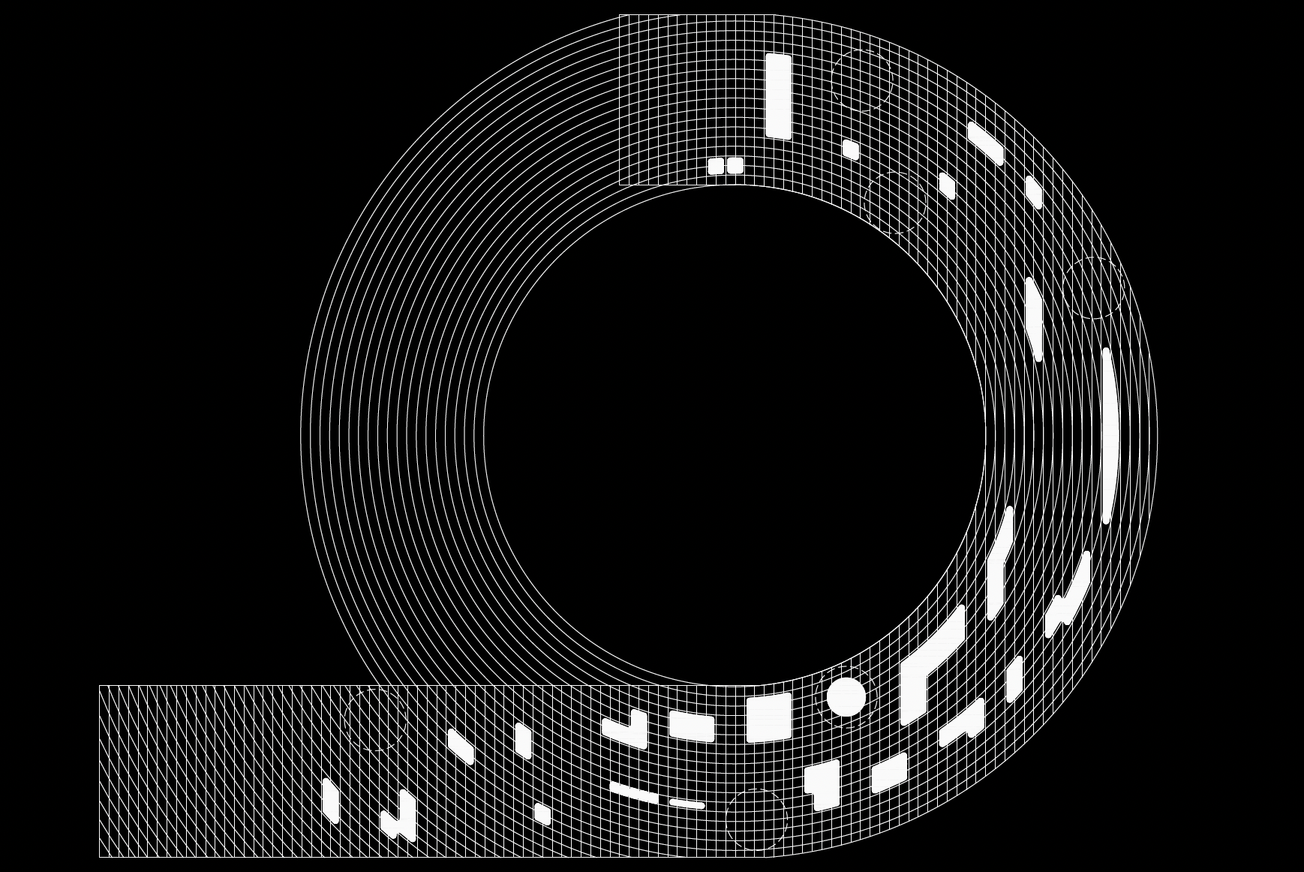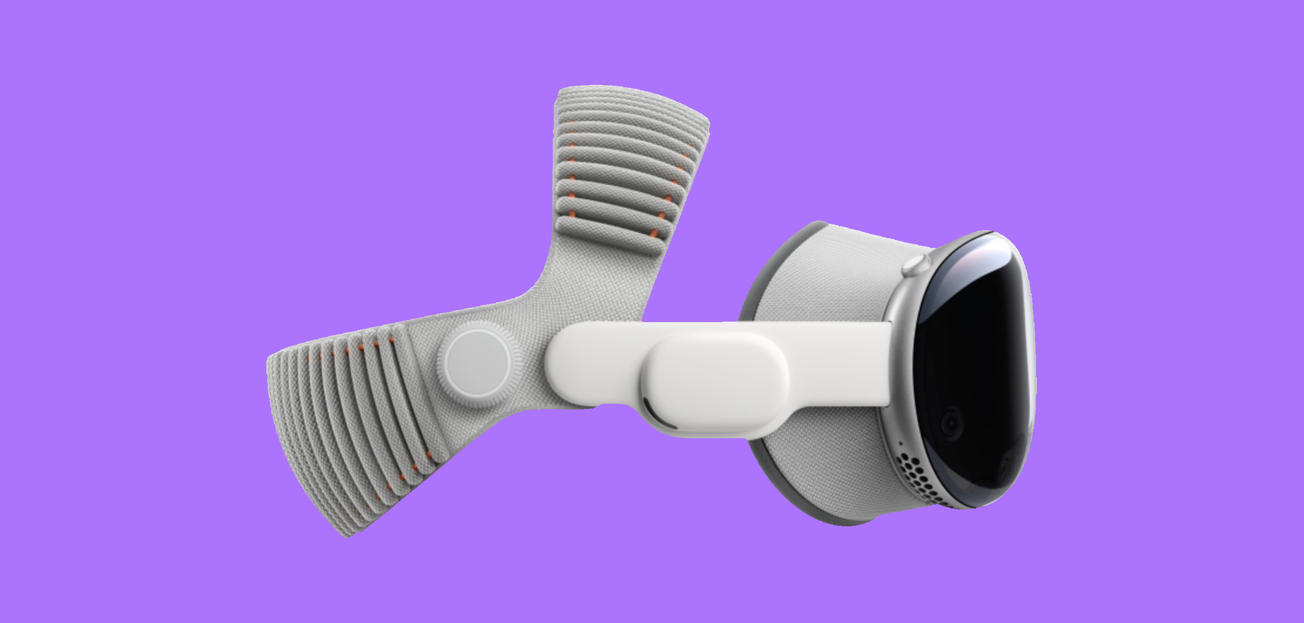Virtual reality was once synonymous with immersion—a headset, a digital world, and the promise of total escape. But as artists and designers increasingly blur the lines between the physical and the virtual, immersion is no longer about isolation from reality; it’s about deepening our connection to it. Across galleries, forests, and data centers, a new generation of immersive projects is rethinking experience as an embodied, relational, and multisensory event.
From Marshmallow Laser Feast’s ecological simulations to Hyphen-Labs’ speculative activism, these works reveal that immersion isn’t just about entering an artificial world—it’s about expanding perception within the one we already inhabit.
From Simulation to Sensation
London-based collective Marshmallow Laser Feast (MLF) has become emblematic of this shift. Their projects, such as We Live in an Ocean of Air (2018) and Breathing with the Forest (2023), merge scientific data with aesthetic sensibility to explore the invisible systems that sustain life. In We Live in an Ocean of Air, participants wear VR headsets and biometric sensors that visualize breath as streams of light intertwining with the respiratory patterns of trees. The experience doesn’t separate human and environment—it visualizes their entanglement. MLF’s approach rejects VR as an escapist medium and repositions it as a tool for ecological empathy. The forest, reconstructed from LiDAR scans and volumetric data, becomes a living interface. Instead of simulating an external environment, MLF renders the unseen dimensions of the real world—airflow, carbon exchange, and respiration—reminding participants that immersion can also mean awareness.
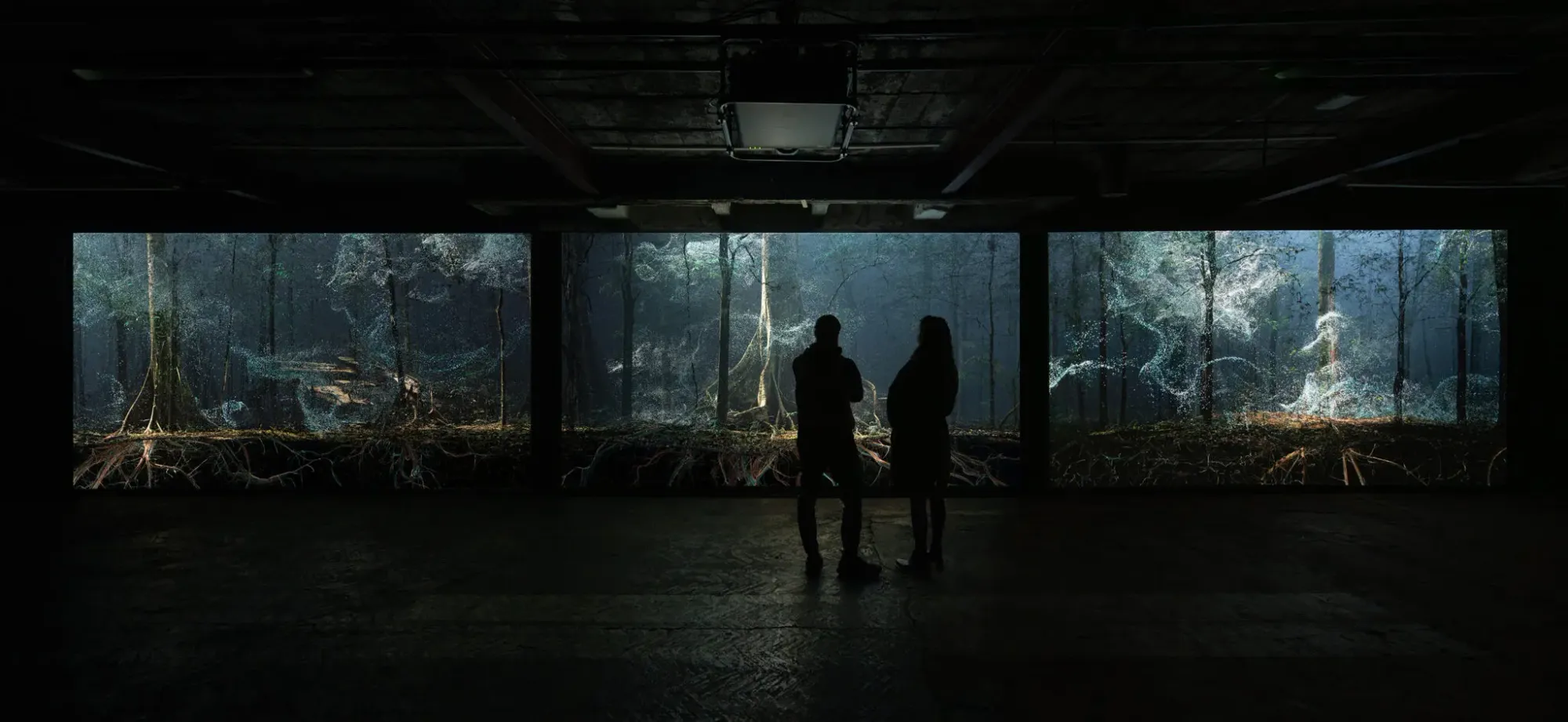
As MLF creative director Barney Steel has noted in past interviews, the aim is not to recreate nature but to shift perception of the natural world through technology. This recalibration—where immersion mediates sensory understanding rather than sensory overload—reflects a growing cultural turn toward ecological experience design.
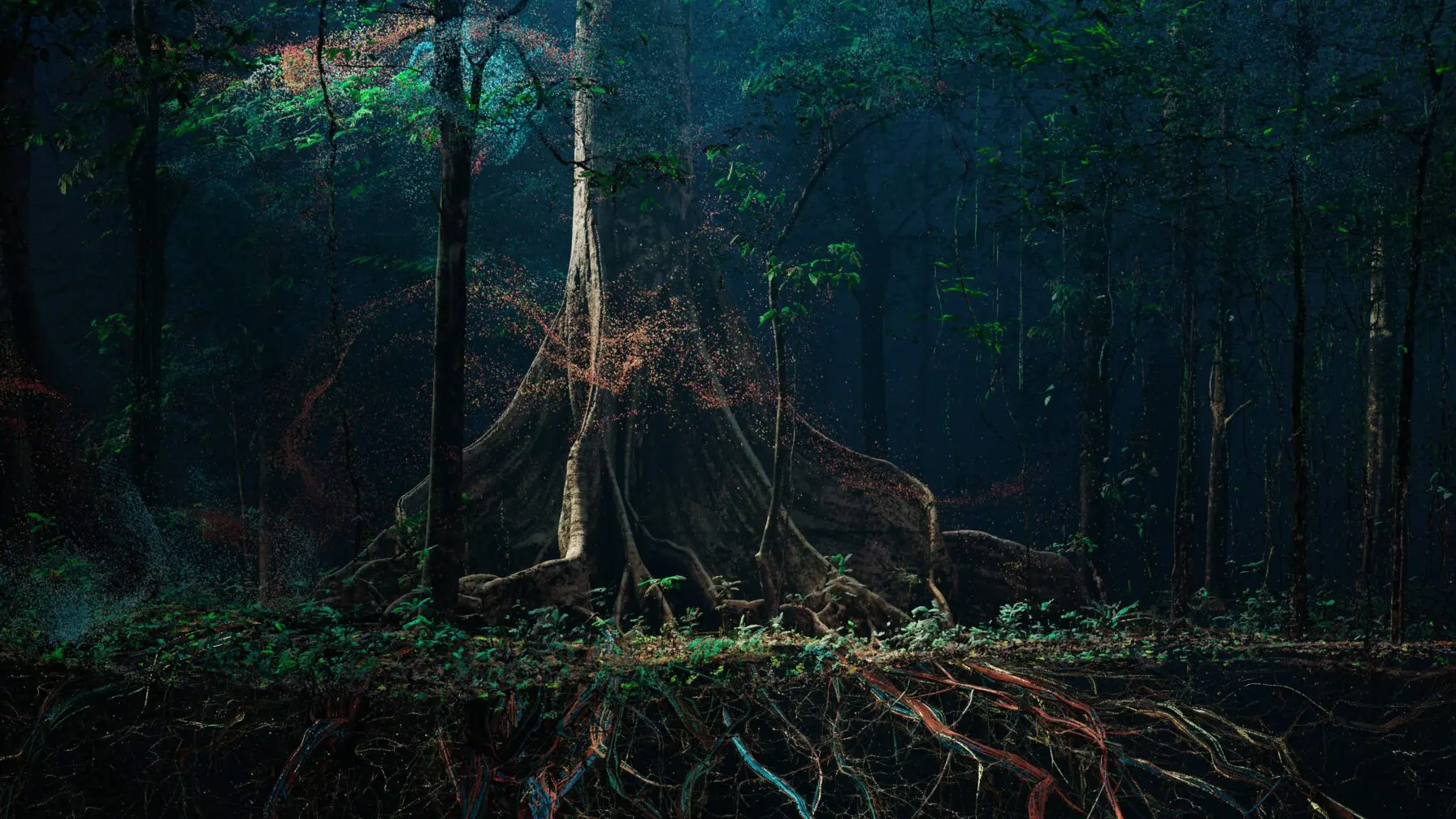
teamLab and the Continuum of Space
Few collectives have shaped the language of immersive art as profoundly as teamLab, the Tokyo-based interdisciplinary studio merging digital technology, architecture, and performance. Their sprawling exhibitions—such as Borderless (2018) and Planets (2018)—turn spatial design into an algorithmic choreography of light, motion, and sound. At teamLab Borderless in Tokyo, visitors navigate through a labyrinth of responsive projections that flow seamlessly between rooms. The artworks are not static; they migrate, transform, and overlap. The viewer’s movement becomes part of a computational ecosystem where human presence triggers generative behavior.
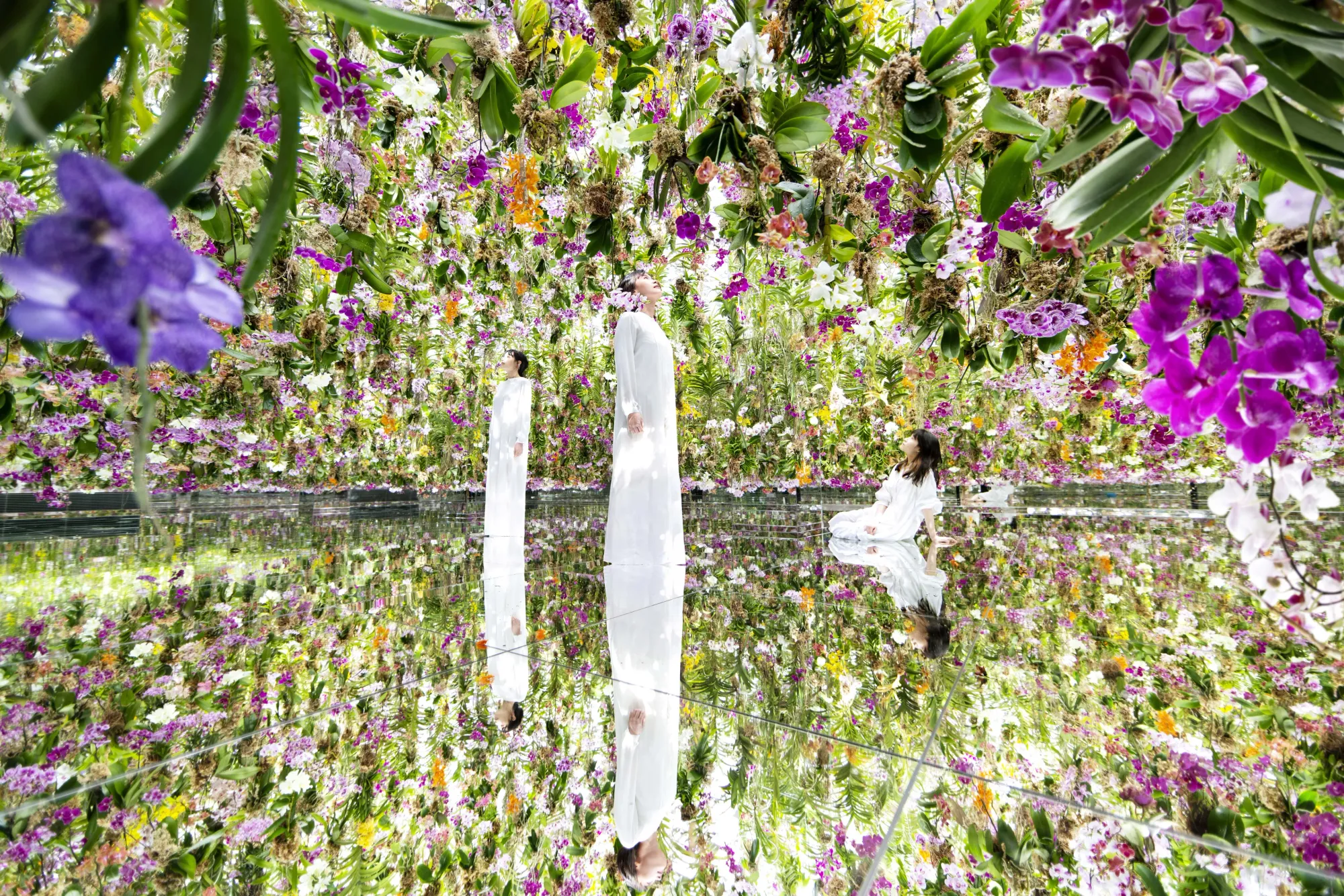
This is immersion as continuity rather than containment. Unlike traditional VR, which isolates the body in a headset, teamLab’s installations extend perception across shared physical space. The environment reacts to touch, proximity, and motion, collapsing distinctions between artwork and audience. In this sense, teamLab’s work embodies a broader shift in immersive design—from digital simulation to environmental computation.
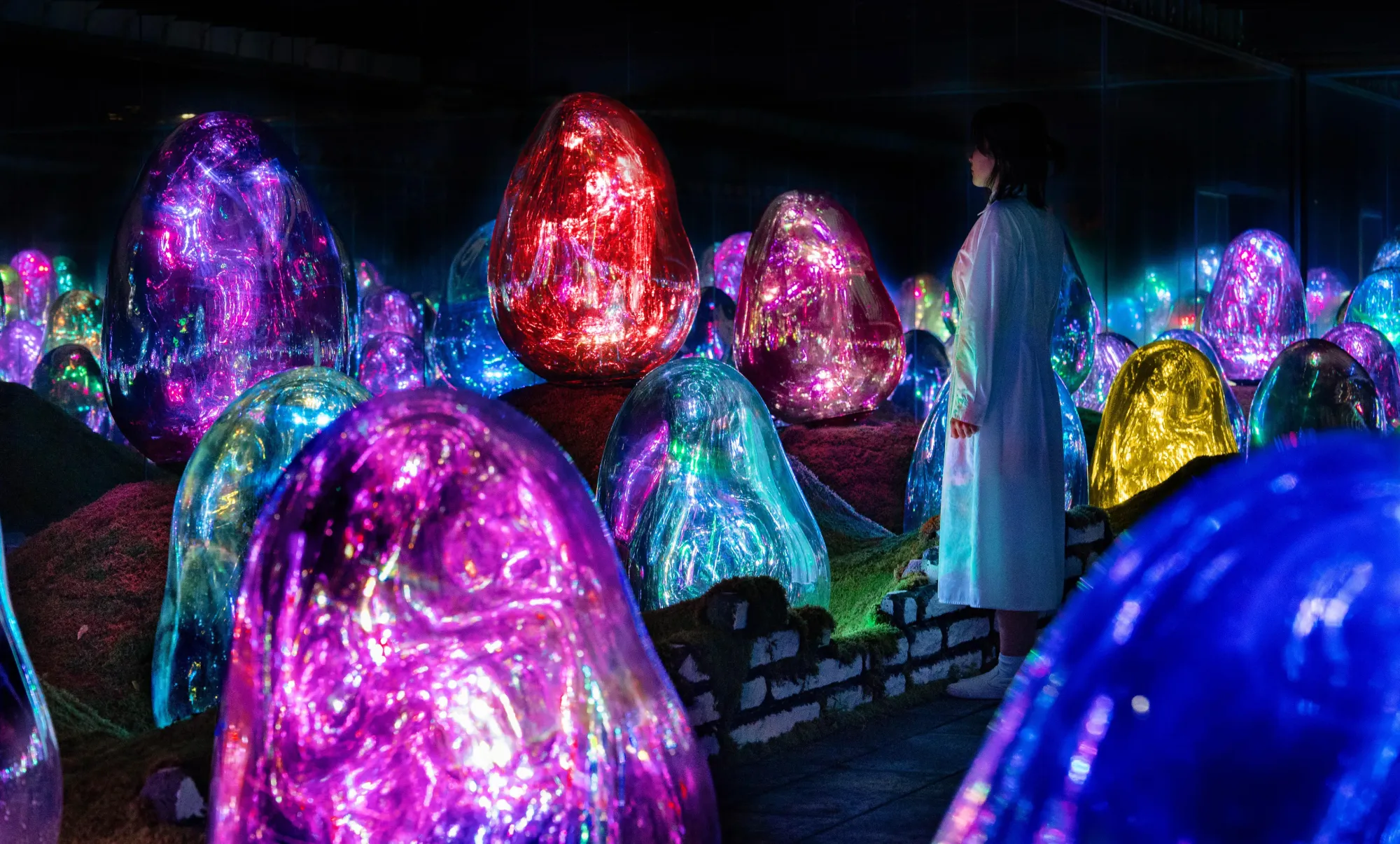
The installations are not digital replicas of nature but algorithmic counterparts that model interdependence and flux. The experience is less about entering a virtual world than about understanding how systems—biological, social, and digital—coexist in feedback loops.
Hyphen-Labs and the Politics of Immersion
If MLF and teamLab focus on sensory and ecological entanglement, Hyphen-Labs approaches immersion as an instrument of cultural and political reprogramming. Their landmark project NeuroSpeculative AfroFeminism (2017) premiered at Sundance New Frontier and reimagined virtual reality through a lens of Black feminist futurity. Set in a speculative beauty salon run by women of color, the installation merges VR, neuroscience, and product design. Visitors don a headset and enter a world where cultural rituals and advanced technologies intersect—a space of empowerment and narrative reclamation.
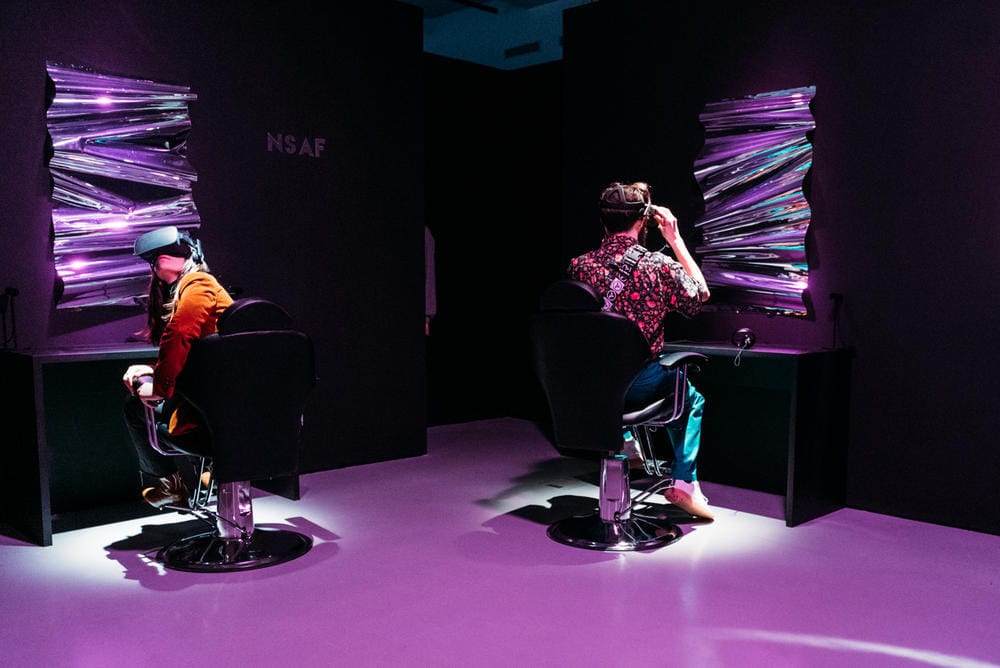
Unlike much of the VR industry, which often prioritizes technological spectacle, Hyphen-Labs uses immersion to critique how design encodes power. The beauty salon becomes both a literal and symbolic site of transformation. Objects such as “Octavia Electrodes” and “Mnemo Electric” reimagine neurotech through aesthetic and cultural agency, subverting the white, male-dominated gaze of mainstream tech culture. By positioning VR as a speculative framework rather than a neutral tool, NeuroSpeculative AfroFeminism reframes immersion as political embodiment. It invites participants to inhabit identities and perspectives excluded from the dominant narratives of innovation.
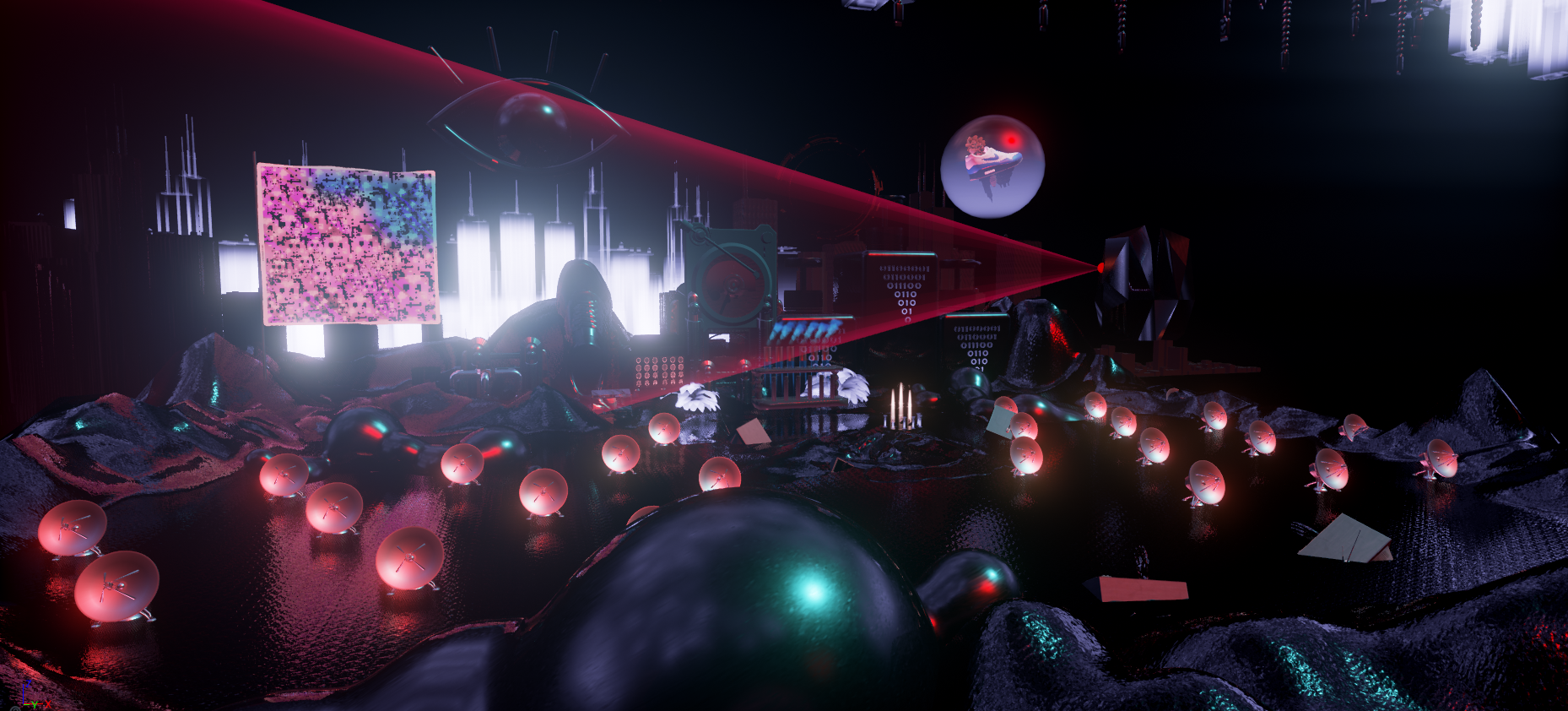
This reorientation—from technological novelty to cultural agency—signals a crucial evolution in immersive practice. Immersion is not only sensory but ideological: it determines who gets to imagine the future and who is rendered visible within it.
Ryoji Ikeda and the Sublime of Data
If MLF explores ecology, teamLab space, and Hyphen-Labs identity, Ryoji Ikeda turns immersion inward—toward the architecture of data itself. The Japanese composer and artist is known for transforming raw information into audiovisual environments that probe the limits of human perception.
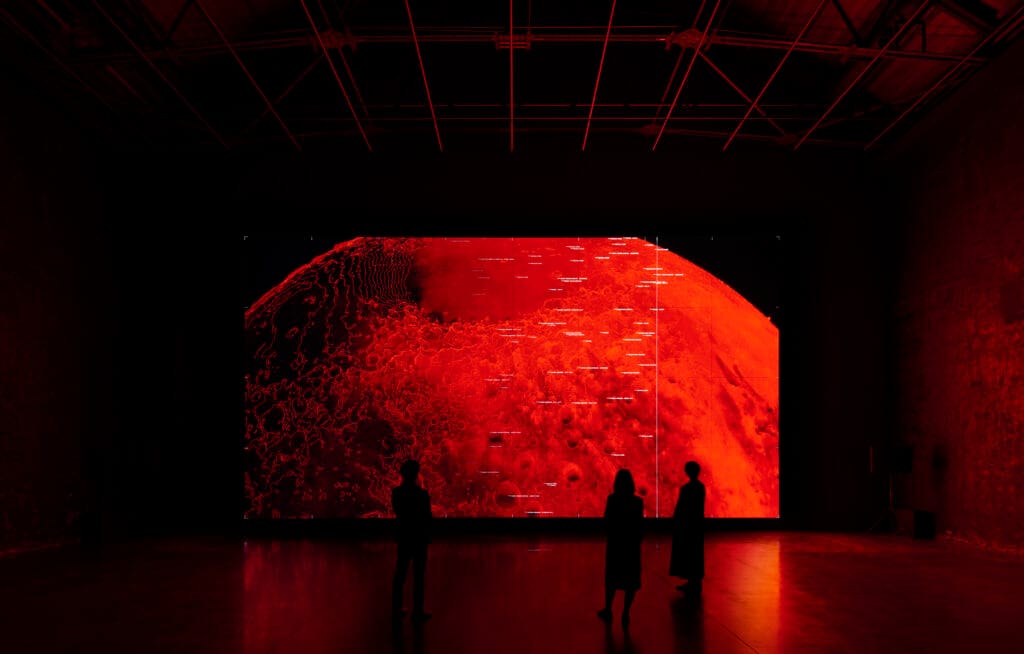
In works like data-verse (2019) and test pattern (2008–ongoing), Ikeda translates scientific and computational datasets into rhythmic flashes of light and sound. The resulting spaces are overwhelming yet precise—minimalist in form, maximalist in sensation. Visitors stand inside rooms pulsing with binary patterns and frequencies, their senses compressed by the density of information. But beneath the spectacle lies a critical tension: the beauty of data versus its abstraction. Ikeda’s installations don’t merely aestheticize information; they expose the dissonance between human scale and machine logic. By transforming code into choreography, Ikeda redefines immersion as a confrontation with the invisible infrastructures that shape digital life. His work speaks to a contemporary condition in which experience is increasingly mediated through data—where perception itself becomes computationally entangled.
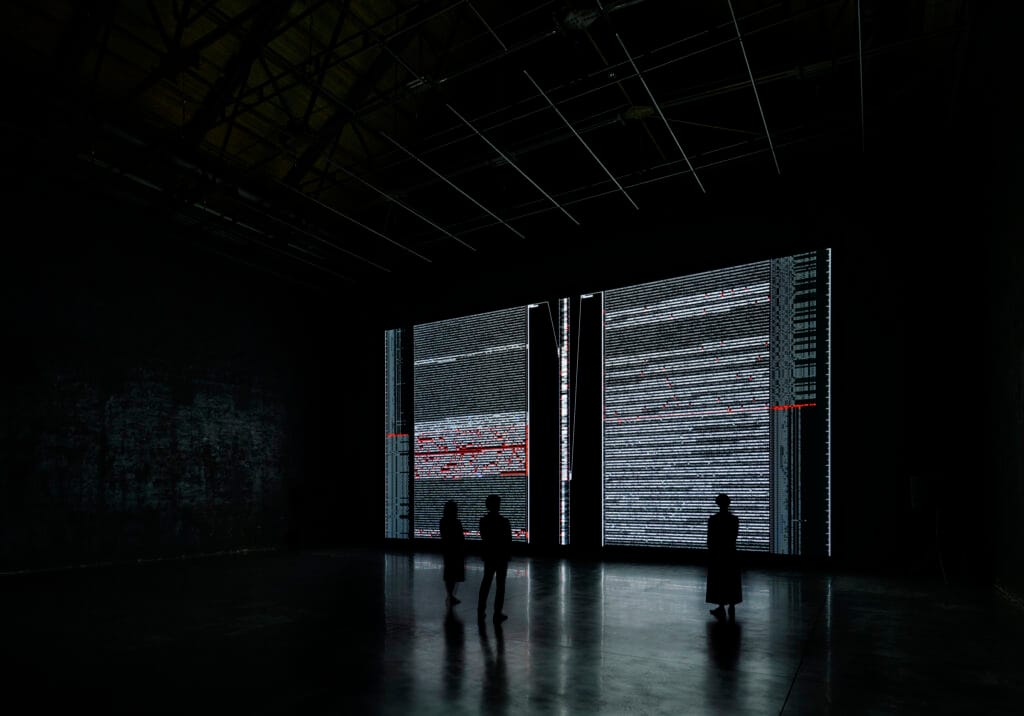
The Next Layer of Immersion
Across these projects, immersion evolves from spectacle to inquiry. MLF visualizes interspecies connection; teamLab designs spatial intelligence; Hyphen-Labs stages cultural intervention; Ikeda renders data perceptible. Each reframes immersion as an active process—sensorial, ethical, and epistemic.
This redefinition coincides with a broader cultural realignment in experience design. As extended reality technologies merge with spatial computing, the boundaries between physical and digital experience are dissolving. The goal is no longer total escape but total engagement—a recalibration of attention across environments, bodies, and systems. Immersion beyond VR is not about stepping outside the world. It’s about stepping more deeply into it.

